Is Aurelio De Laurentiis to Blame For Napoli’s Disastrous Season?
“Sono Napoletanoooo… Napoletano Vero!” sang a re-energised Curva B at the Stadio Diego Armando Maradona against Barcelona as their team battled manfully to come back from behind against the (formerly) mighty Barcelona. To the tune of Toto Cutugno’s 1983 hit “L’italiano”, the new terrace chant mirrors the chorus line, “…I’m proud of it; I am an Italian, a true Italian” but for the one-word alteration. In typical Neapolitan style, this pointed and demonstrative proclamation of vehement local pride disregards any inferior national affiliations in favour of extolling their own unique communal identity.
Inextricably linked to the city’s profound sense of self and unwavering Neapolitan pride is undoubtedly their football team. The travelling Catalonians, as they congregated for their cheap pre-match aperitivi in the Centro Storico or Quartieri Spagnoli, will have been left under no illusions as to the extent to which football permeates this particular part of Southern Italy. The allusions to ‘El Diego’ or ‘D10S’ – a familiar face for the Blaugarana supporters – will have been inescapable, his face plastered across murals, paintings, graffiti, posters, pictures, shrines and just about anywhere else. Although Barcelona’s former player is Napoli’s eternal God.
Elsewhere, walls, windows, doors and balconies are adorned with the faces of Napoli’s most recent success. Osimhen, Kvaratskhelia and the rest of the club’s new heroes hang alongside countless Italian tricolour badges emblazoned with a large number 3. A year ago, the Neapolitan carnival was in full swing and the city was at its most vibrant, jubilant, and euphoric since the days of Diego. Napoli waltzed their way to the Serie A title in extravagant fashion, the Scudetto returning south of Rome after a 33-year absence and, for the first time, won by a Napoli team without Maradona.
But now, less than ten months after their long-anticipated coronation was confirmed, those joyous times feel as far gone as the era of Giordano, Careca and Diego. Time has taken its toll and the shine of the bunting stapled from balcony to balcony has begun to fade, those bright blue banners growing a gruesome grey. The omnipresent #3 is no longer a statement of what they are but a reminder of what they were. This season, the special tricolour on the jersey is not worn with the imposing aura of champions but with the timid heaviness of a team sitting 9th in the table. A dream that became reality has ever since morphed into a nightmare in Naples.
The Partenopei’s preparation for a Champions League knockout tie was, at best, unorthodox. Owner Aurelio de Laurentiis, an outspoken and divisive figure in Italian football, deemed Monday morning to be the time fit to call an end to Walter Mazzari’s disastrous spell at the helm. In his place came the surprising choice of Francesco Calzona, the current Slovakia national team manager and former coffee machine salesman, who had never managed a professional club game in his career. The obvious choice for the Italian champions.
However, in this case, the word “champions” can be used only in an administrative sense as Napoli has looked anything but that this season. For that, there are a variety of contributing factors although, ultimately, they all fall under the same umbrella which is: the total mismanagement of the footballing operation by Aurelio de Laurentiis in the past year.
The first cracks in the Napoli monolith began to emerge even before the Scudetto was mathematically secured, soon transforming into seismic fault lines running right through the club’s foundations. Last April, reports in Italy emerged that Luciano Spalletti, the charismatic mastermind behind the Partenopei’s triumph, had decided to leave his post at the end of the season. This was despite the fact that his contract had been extended by a year only a few weeks before. Crucially though, it was not that he had signed a new deal but rather De Laurentiis had triggered an extension clause in the original agreement that tied his head coach to the club for another year. Spalletti, however, was only made aware of these developments by an automated email in his inbox one morning and interpreted this as a major lack of appreciation and respect on the owner’s behalf given the astonishing heights he had achieved.
Instead, Spalletti informed his boss that he would prefer to take a sabbatical for the coming year, exhausted by the strains of a job that brought with it the demanding pressure of shouldering the overwhelming intensity of the city (including having his beloved blue Fiat Panda stolen from him earlier in his reign when results were not going so well). On the back of his immense success, with no worlds left to conquer, Spalletti felt as though it was time for a break. Ostensibly, he planned to retire to tranquillity on his farm in his native Tuscany to tend to his pigs – although that would only last a few months before the FIGC, the Italian Football Federation came calling in September offering him the national team job following Roberto Mancini’s shock resignation.
Where, for Spalletti, would commence a time for peaceful reflection, in Naples the chaos was only beginning. So began De Laurentiis’ two-month search for a successor, a position which was always going to be somewhat of a poisoned chalice. Many high-profile names were linked with the role as well as some up-and-coming faces from within Serie A such as Vicenzo Italiano of Fiorentina and Thiago Motta who deemed it best to stay put at Bologna (who currently sit 5th and 9 points ahead of Napoli in the Champions League race). Having been turned down by the likes of Antonio Conte, Julian Nagelsmann and Luis Enrique, ADL opted for a left-field candidate that left many dumbfounded both inside and outside of Naples.
Rudi Garcia’s most recent job had seen him sacked by Cristiano Ronaldo’s Al-Nassr and so to see him unveiled as the new SSC Napoli boss on June 15th felt like a rather underwhelming end to an exhaustive search. The Frenchman had done moderately well at Roma in his previous stint in Italy, finishing runners-up in each of his two full seasons in charge behind the indomitable Juventus. However, his stock had fallen considerably in the intermittent years – with his greatest achievement in that period being to guide his 7th placed Lyon side to a UCL semi-final during the pandemic (although ADL, showing the extent of his due diligence, mistakenly claimed in Garcia’s opening press conference that it was the final he reached).
In truth, the appointment always felt like it was doomed to fail. The Neapolitans never quite warmed to their new manager and Garcia was on borrowed time from the beginning, fulfilling the role of the resented step-father never quite embraced by those still yearning for Papa Lucio’s return. There were calls for his head as whistles rang around the Maradona on the 8th of October as the team slumped to a 3-1 defeat to Fiorentina, their second in eight league games. De Laurentiis was himself having second thoughts about Garcia’s viability but, having been rebuffed yet again by Antonio Conte refused to bow to the pressure of the fans.
Garcia’s stay of execution, however, would only be prolonged until the next international break. After a submissive 0-1 loss to lowly Empoli, their third home defeat of the Serie A season (already exceeding their tally from the previous campaign after only 12 games), he knew his time was up. An incensed De Laurentiis gave him his marching orders before the sun had set on that sorrowful Sunday in Naples. ADL later revealed he knew he had hired the wrong man as early as the inaugural press conference in the summer when Rudi stated he had never watched Spalletti’s Scudetto-winning side; “I should have sacked him there and then!”
After yet another rebuttal from the constantly coveted Conte who did not wish to take a job mid-season again, combined with ex-Marseille and Verona boss Igor Tudor’s desire for a longer-term project, desperate, DeLa turned to a familiar face. Walter Mazzarri is highly respected in Naples. He was the man who oversaw the club’s rise back to the top deck of Italian football, qualifying them for the Champions League for the first time as well as lifting the Coppa Italia in 2012 – ending a 22-year wait for silverware. Spurred on by the flair of Edinson Cavani, Marek Hamsik and Ezequiel Lavezzi, this was the emergence of the modern Napoli – and the peak of Walter Mazzarri’s coaching career.
That was more than a decade ago, and up until November, it would have been laughable to suggest the Tuscan’s name as a candidate for any of the top jobs in Italian coaching. His most recent exploits had seen him relegated with Cagliari, ending the Sardinians’ six-year stay in the top flight. After leaving Napoli for Inter in 2013, he had been accused of footballing adultery by the ever-colourful De Laurentiis’. Karma saw him last only four months at San Siro and his reputation never recovered.
This most recent foray into top-level management will have done that CV no favours. His biggest achievement over his three months back in the Napoli dugout was to make people reappraise the job Rudi Garcia did. Under the Frenchman, Napoli had a record of W8 D4 L4 across 16 games in all competitions, averaging 1.75 goals per game. Mazzarri, brought in as the “traghettatore” – the ferryman – to sail Napoli safely through choppy waters until the end of the season, ended up losing twice as many games as Garcia (8) across his 17 in charge.
There were some mitigating factors for this, namely being dropped in ahead of a dastardly difficult set of fixtures. There were initial signs of optimism after an encouraging 2-1 win away to Atalanta in his first game back on the sidelines. However, it would pretty much only go downhill from there for Mazzarri and Napoli. The victory in Bergamo was followed by three consecutive defeats, albeit against tough opposition, against Real Madrid (A), Inter (H) and Juve (A). Mazzarri was afforded a degree of sympathy given the nature of these games and things began to look up after consecutive home victories against Braga and Cagliari (their first at the Maradona in any competition in almost 3 months).
However, alarm bells soon started to ring after a 0-4 home trouncing by Frosinone in the Coppa Italia (which to this date remains the only away victory all season for the provincial minnows). This was the start of a miserable festive period that saw the Neapolitans go four games without a goal, losing to top-four rivals Roma 2-0 at the Olimpico, scraping a scoreless draw at home to Monza, followed by a disastrous 3-0 drubbing at Torino. The lack of attacking proficiency was the key problem under Mazzarri, with the team mustering just nine goals across his twelve league games. They failed to score in more than half of the total matches he oversaw. For all of Rudi Garcia’s unsuitability, the side managed on average 0.8 goals per game more under him than his successor. Adding to that, following his dismissal he had left the side in 4th, whereas by the time Mazzarri’s ill-fated tenure came to an end, the Italian Champions were languishing in 9th.
After his return at Atalanta, the only other sides Mazzarri’s Napoli managed to beat in the league were each of the current bottom three. When the side did triumph it tended to come late – all four of his Serie A wins were clinched by one-goal margins, with the winners coming between the 75th and 96th minute. It was a similar story against Genoa, who looked like they were set to become the seventh team this season to taste victory at the Maradona until a 90th-minute equaliser from January-signing Cyril Ngonge saved Napoli the ignominy of defeat, but couldn’t spare Mazzarri’s fate.
It was now a question of when, not if, the plug would be pulled on a catastrophic second spell for the coach who, in terms of recent Napoli managers, is only comparable to Spalletti by their shared Tuscan heritage. The writing was on the wall, but rumours on the Saturday night post-Genoa suggested that ADL wouldn’t make a change until after the forthcoming clash with Barcelona, despite Mazzarri’s fate being already sealed. That was, however, until he woke up on Sunday morning and changed his mind – as was subsequently reported by Il Mattino, the local Neapolitan paper. De Laurentiis opted, this time, not to persist with a manager whose head he had already placed on the chopping block. The ferryman was pushed overboard.
So, with the clock ticking ahead of their crucial UCL knockout tie, Napoli’s owner began his second search for a head coach in less than 100 days, his third since the apogee of the Scudetto only 10 months ago. With the managerial market bare, and the Napoli of February 2024 nowhere near as appealing a prospect as that of May 2023, ADL went cap in hand to the Slovakian Football Federation asking could borrow their manager for a while. Francesco Calzona had previously worked as an assistant in Naples under both Maurizio Sarri and Luciano Spalletti, the pair to whom he owes his philosophy, combining the ideals of the two, according to La Gazzetta dello Sport.
Just how much of that philosophy he will manage to implement between now and the end of the season remains to be seen, possibly complicated by the fact he will spend the March international break working for his other employer, preparing Slovakia for the Euros. His assistant in Slovakia, Partenopei legend Marik Hamsik, turned down the proposition to join Calzona at Napoli, feeling now was not the best time to return to the club he captained and spent twelve years at from 2008 to 2019. Instead, he watched his former side take on Barcelona from the stands, accompanied by De Laurentiis who had invited him to the director’s lunch that afternoon, unperturbed by the Slovak’s rejection of the job proposal.
The fact Francesco Calzona is managing the Italian champions is less of a reflection of his coaching abilities, which remain largely unproven at club level, but more a damning indictment of the way Aurelio de Laurentiis has overseen the post-Scudetto transition at Napoli. Ten months, three managers and too many defeats later, one of the most exciting, electric teams to watch in Serie A’s modern history resembles merely a shadow of its former self. Aside from the ongoing game of managerial musical chairs, there have been many off-field issues adding fuel to the Vesuvian fire. Star players haven’t hidden their disgruntlement in recent months, with Victor Osimhen and Kvicha Kvaratskhelia at various times displaying their displeasure with club staff from manager to owner, to agents, to social media departments in Osimhen’s case.
His goal against Barcelona, alongside the result, offered renewed hope that something can yet be salvaged from this bin fire of a season. However, it would be naïve to suggest that the drama will subside. After all, in Naples, the circus does not so much roll into town as live permanently in the 55,000 seater arena perched on the north-western outskirts of the city. Ringmaster De Laurentiis may often struggle to keep the lions in the cage but either way, in good times and bad, it is the hottest ticket in town.


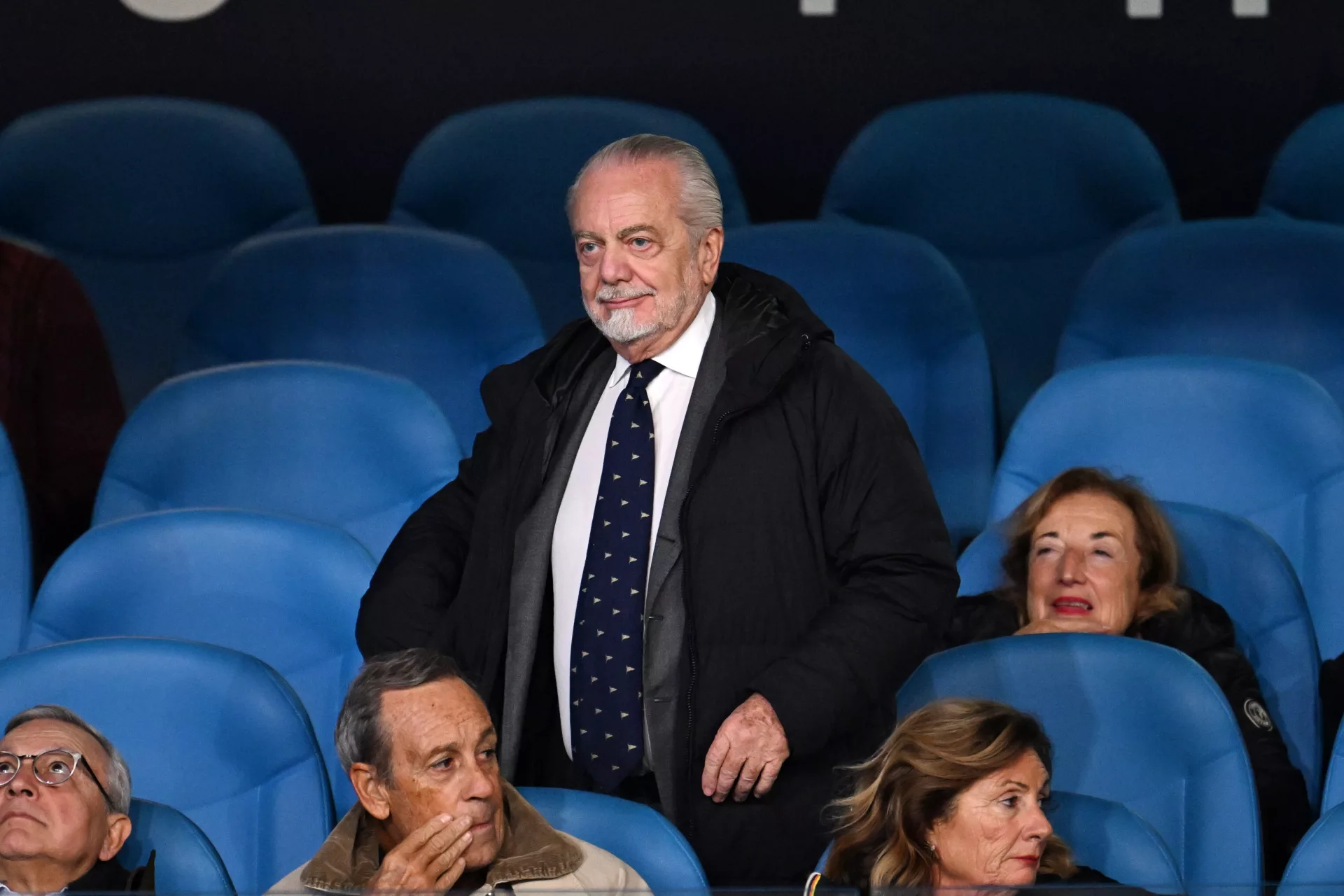
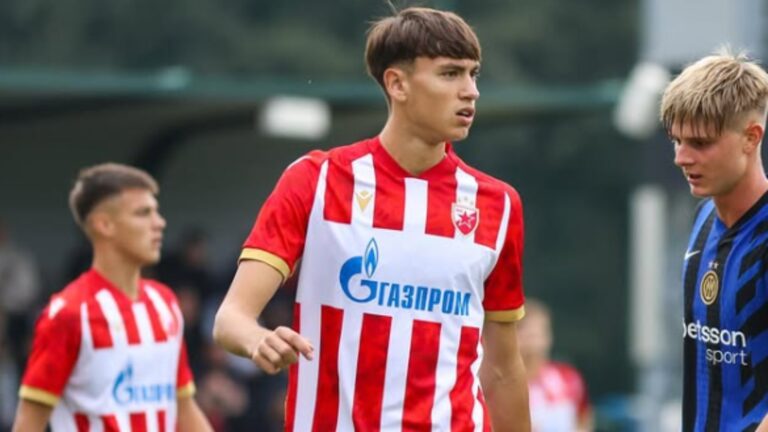
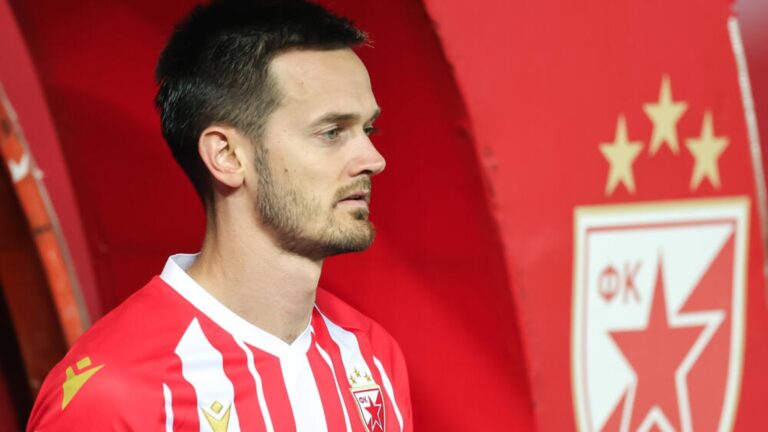
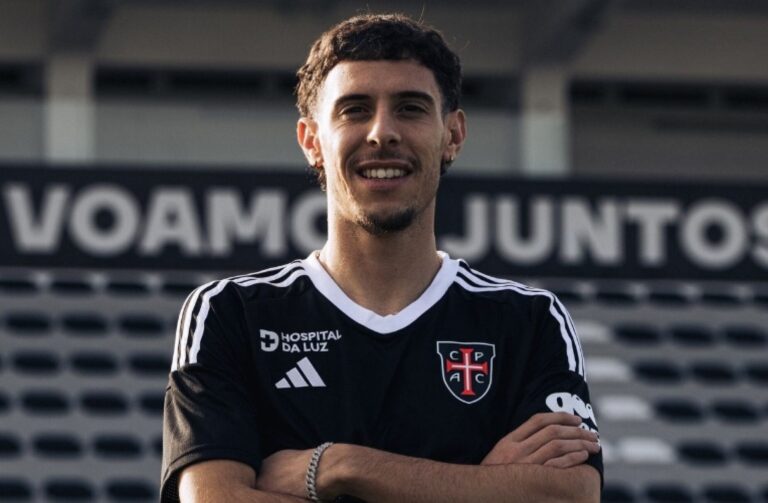
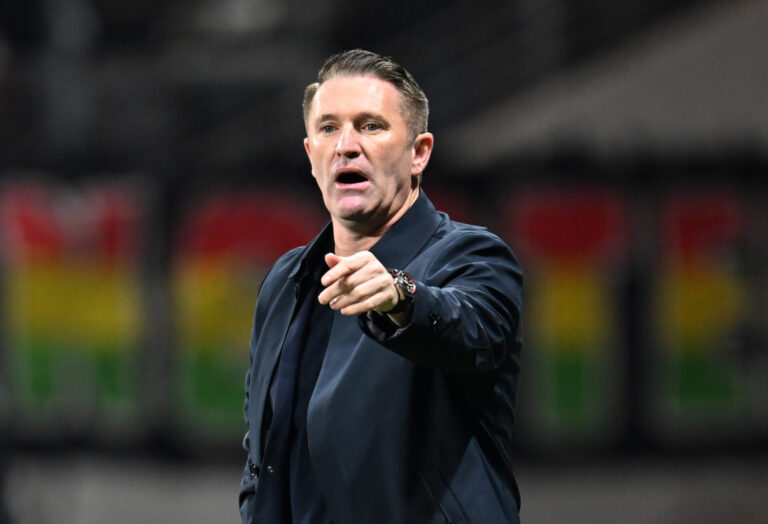
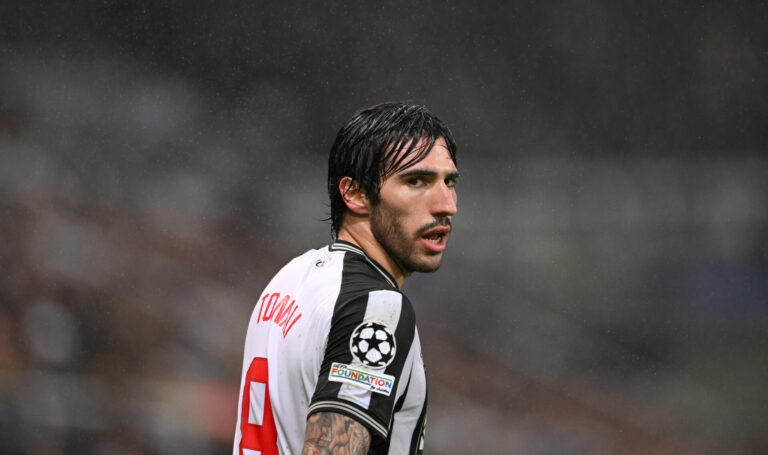

One Comment